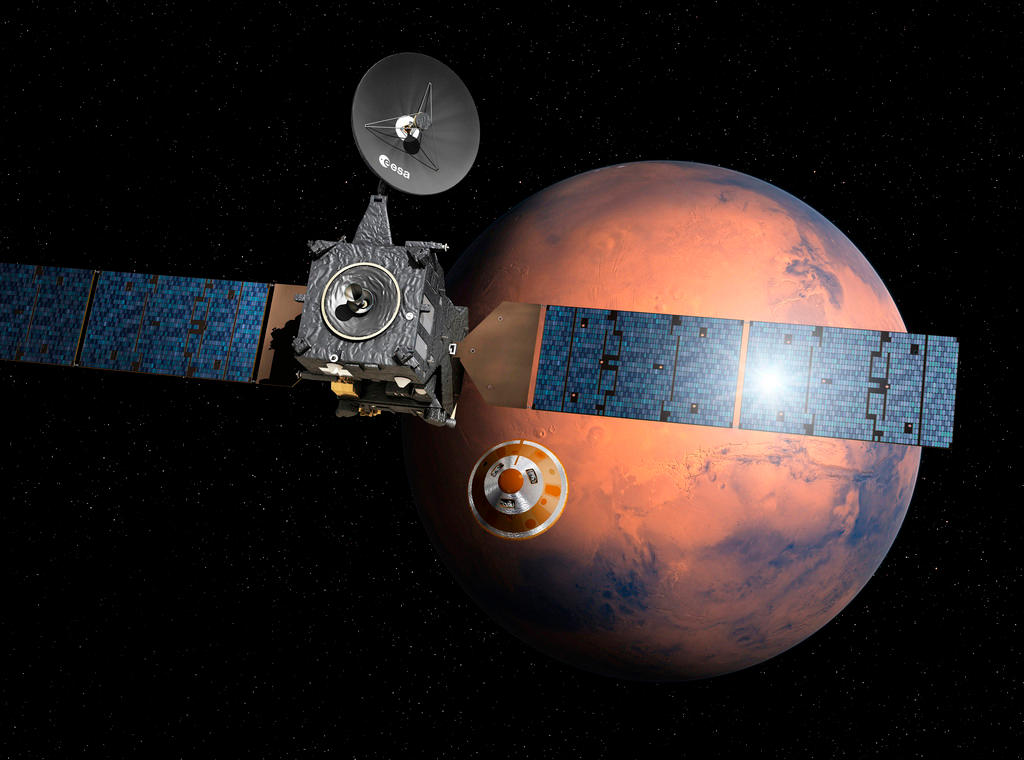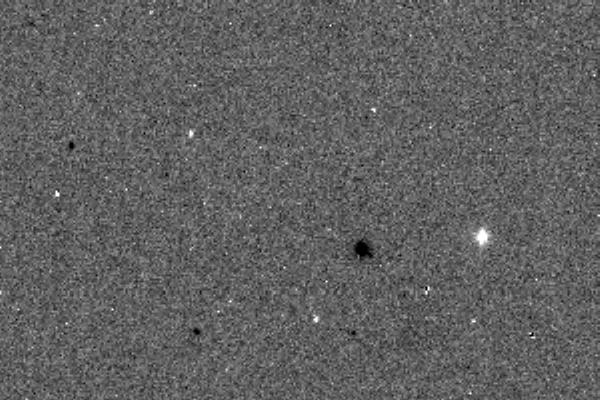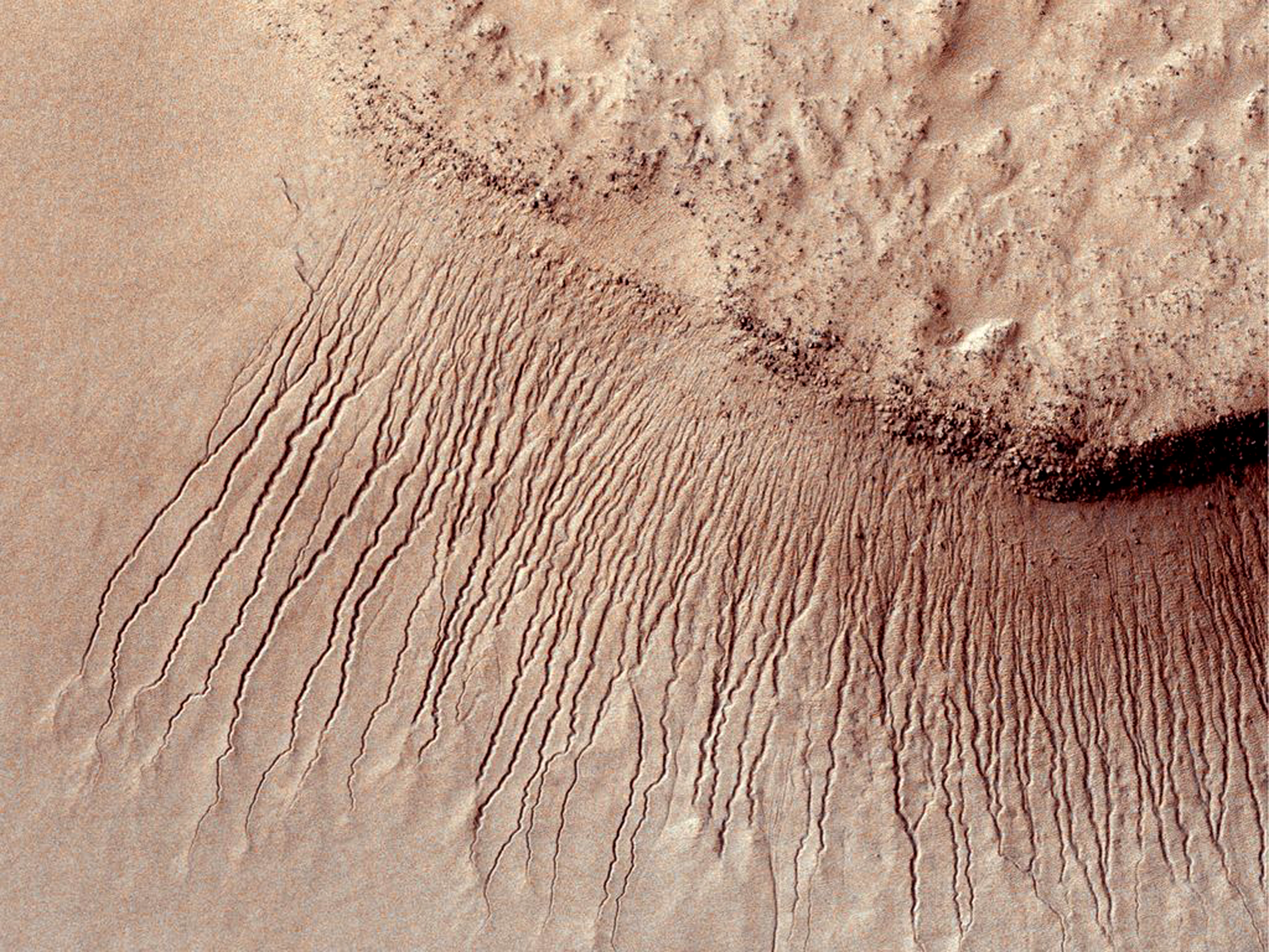Swiss-made camera sends first high-res shots of Mars

A special camera developed at the University of Bern and currently on board the European Space Agency’s ExoMars mission has sent back its first pictures of the Red Planet. The team behind the project is delighted at the quality of the images.
The CaSSIS camera, which stands for Coulour and Stereo Surface Imaging System, was launched aboard the ExoMars mission’s orbiter in March and entered Mars’s orbit on October 19. Although the lander launched at the same time crashed on the Martian surface, the orbiter is currently circling the planet in an elliptical pattern, allowing the camera to take high-resolution photos of Mars from about 250 kilometres (155 miles).
The international team behind CaSSIS, based at the University of Bern and led by researcher Nicolas Thomas, has received the camera’s first images, shot on November 22.
Thomas had said previously that he was not sure the camera would send back very good images, since the orbiter is travelling at such a high speed and the conditions are not ideal. However, after seeing the first images, he said “it worked incredibly well” and that he is amazed at the quality.
For example, the pictures show the Hebes Chasma, a Martian canyon, with a resolution of 2.8 metres per pixel.
“That’s like flying over Bern at 15,000 kilometres per hour and taking high-quality photos of cars in Zurich,” Thomas pointed out.
‘Good job’
The head of the CaSSIS project also said that a few details needed to be worked out with the camera system, such as the wrong pixel width for certain images, but that further software updates would hopefully address those minor issues in 2017.
CaSSIS will continue to take high-resolution images until the orbiter changes its path in March to circle Mars at a distance of 400 kilometres. Research on the images will officially begin at the end of 2017.
News of the camera’s success reached researchers just before a planned meeting of European Space Agency (ESA) ministers in Lucerne later this week. There, they plan to discuss the ExoMars mission so far and possible funding for a second Mars mission in 2020 which still needs €400 million (CHF430 million) to be able to send a rover to the Red Planet’s surface as planned.
“ESA’s reputation suffered a bit after [the lander’s] crash, but most of the ministers are aware that we usually do a good job,” Thomas said. “With the recordings from CaSSIS, we can prove that again.”

In compliance with the JTI standards
More: SWI swissinfo.ch certified by the Journalism Trust Initiative


You can find an overview of ongoing debates with our journalists here. Please join us!
If you want to start a conversation about a topic raised in this article or want to report factual errors, email us at english@swissinfo.ch.